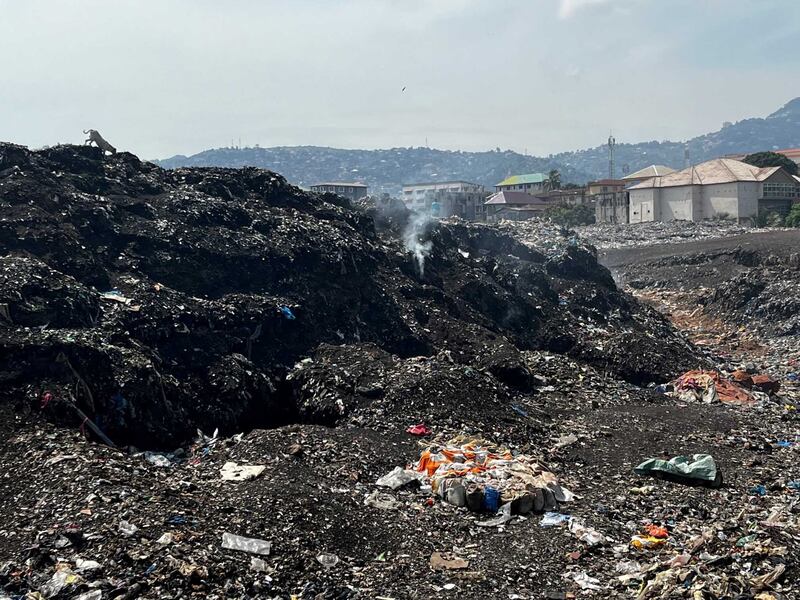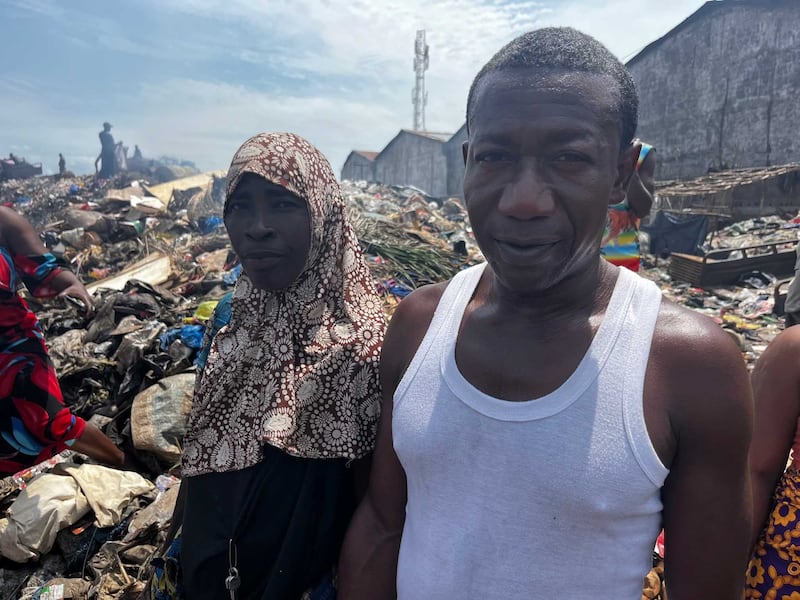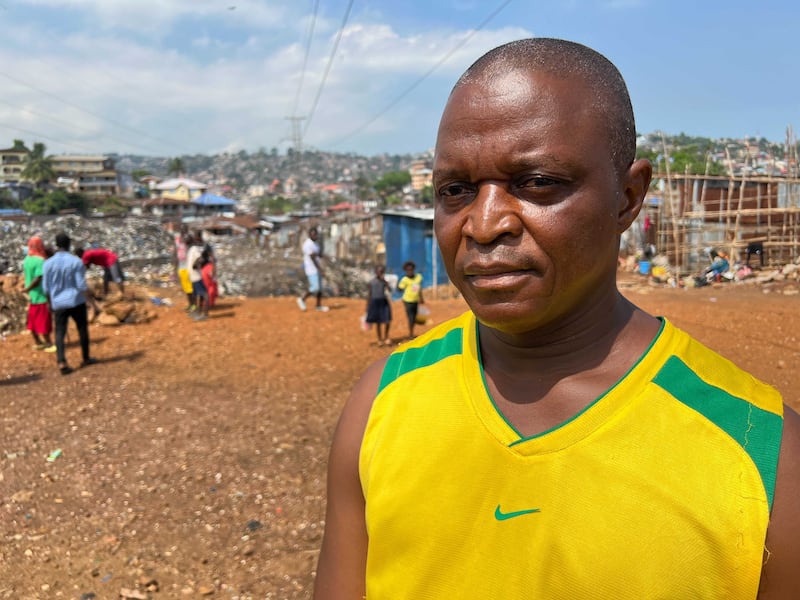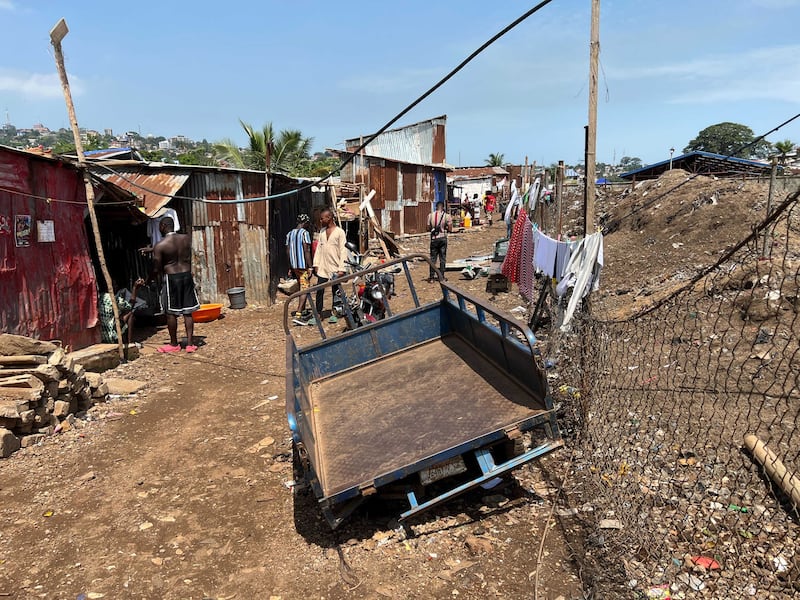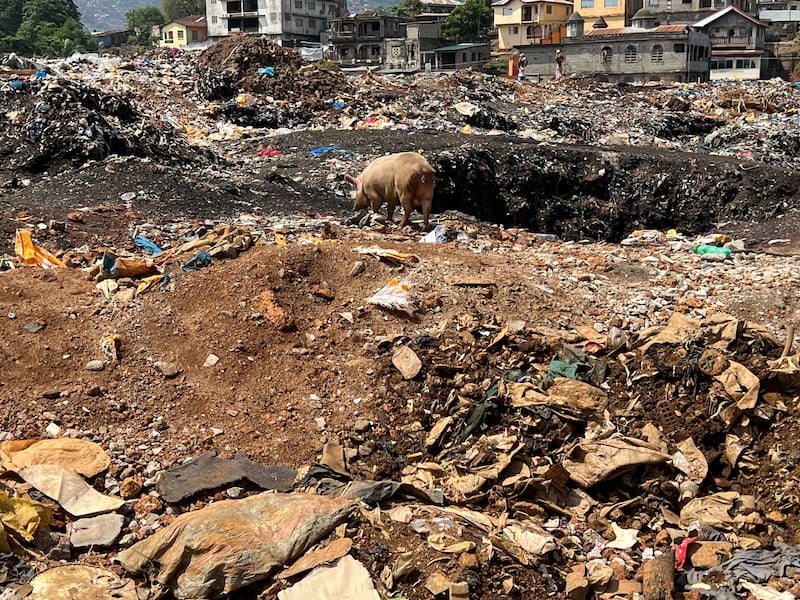The world must add or revamp 80 million kilometres of power grids by 2040 – equal to all grids globally today – to meet national climate targets and support energy security, according to the International Energy Agency.
Annual investment in grids, which has remained broadly stagnant, needs to double to more than $600 billion a year by 2030, the Paris-based agency said in its Electricity Grids and Secure Energy Transitions report on Tuesday.
“The recent clean energy progress … could be put in jeopardy if governments and businesses do not come together to ensure the world’s electricity grids are ready for the new global energy economy that is rapidly emerging,” said Fatih Birol, IEA executive director.
“We must invest in grids today or face gridlock tomorrow.”
The report found that existing electricity grids had not been keeping pace with the rapid growth of key clean energy technologies such as solar, wind, electric cars and heat pumps.
Without greater policy attention and investment, shortfalls in the reach and quality of grid infrastructure could put the goal of limiting global warming to 1.5°C out of reach, the IEA said.
A “growing queue” of renewable energy projects is waiting for the green light to be connected to the grid, with 1,500 gigawatts worth of those projects in advanced stages of development, the agency said.
That is five times the amount of solar photovoltaics and wind capacity that was added worldwide last year, the IEA added.
Meanwhile, countries are adding renewable energy projects at a fast rate, requiring more power lines to connect them to electricity systems and high-functioning distribution grids to ensure reliable supplies, the report said.
That includes the digitalisation of distribution grids and enabling more flexibility through demand response and energy storage, it added.
“Ensuring the developing world has the resources it needs to build and modernise electricity grids is an essential task for the international community,” said Mr Birol.
“By mobilising financing, providing access to technology and sharing best practices on policies, leading economies can help improve people’s lives, strengthen sustainable development and reduce the risks of climate change,” he said.
If grid investment and regulatory reforms lag, total carbon dioxide emissions between 2030 and 2050 would be almost 60 billion tonnes higher due to a slower rollout of renewables, resulting in higher fossil fuel consumption, the IEA said.
The report has also identified several strategic actions that could help make a difference, including expanding and strengthening grid interconnections within countries.
The IEA also recommended that governments back large-scale transmission projects to ensure grids are prepared for further “strong growth” in renewable power.
Growth of electricity demand worldwide is expected to ease this year as advanced economies grapple with the effects of the energy crisis and an economic slowdown, the IEA said in July.
Global electricity demand is set to increase by less than 2 per cent this year, down from a growth of 2.3 per cent in 2022, the agency said.
However, growth is projected to rebound to 3.3 per cent in 2024 as the global economy recovers.

